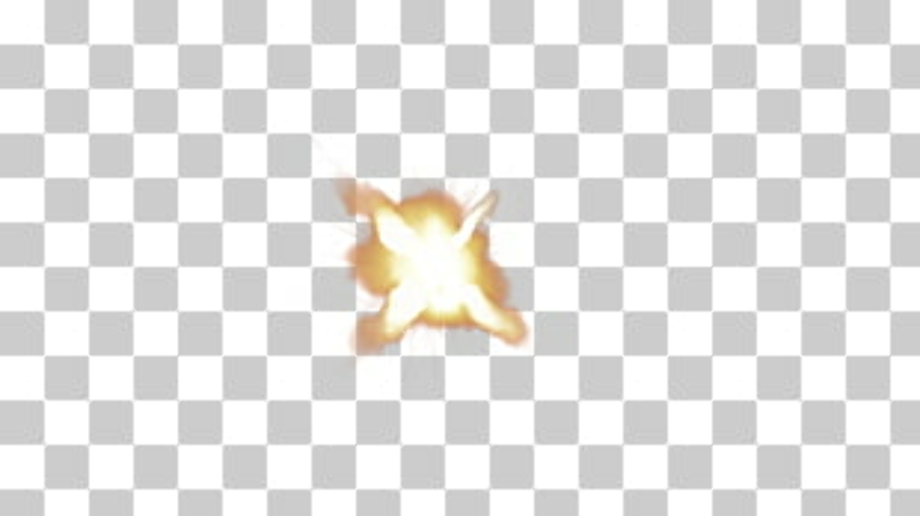

It’s a factory procedure not easily or safely performed in a home shop. Cases of rimfire ammunition are thin, limiting pressures. Rodman’s, the crusher system, is still in use. Then, in the mid-1800s, Alfred Nobel and an American named Rodman came up with solutions to that problem at the same time. Measuring gas pressure proved as difficult at first as measuring bullet velocity. Thin barrel walls and lightweight receivers make lively shotguns. Too little, and bolt travel is insufficient to clear the fired case. Too much pressure, and the slamming can damage rifle parts. Plotting a load’s pressure/distance curve helps designers of gas-driven autoloading rifles because these rifles must tap the gas at some point in the bullet’s travel. A lot of it is lost in thermal (heat) transmission, expansion of the case into the chamber wall, bullet/rifling friction and bullet rotation. However, the energy generated is not all available downrange. The area under a pressure/distance curve represents the energy available for the bullet. Bullet Ballistics: Pressure/Distance & Pressure/TimeĪ pressure/distance curve differs from a pressure/time curve in slope, but it has the same general shape: steeper at the start than at the finish. Between 14 and 21 inches, pressure loss totals 18,000 psi.īut bullet speed increases 300 fps! With very little pressure remaining at the muzzle, the bullet is still accelerating! The value of a long barrel is clear, even if nearly all of it is used to control the tail of the pressure/time curve. But the bullet continues to accelerate even as pressure behind it diminishes. Pressure drops off fast, too, losing 90 percent of its vigor in the next 18 inches of barrel. Bullet Ballistics: Peak PressureĪ few things to note: First, peak pressure comes when the bullet has moved only about 3 inches, even with the slow-burning fuels appropriate for a. Receivers easily endure 60,000-psi – and more. Surgeon rifles start as solid steel billets.
#High quality gun muzzle effect manual#
The following bullet ballistics chart shows what happens (data adapted from a pressure/time curve in the excellent text Any Shot You Want, a loading manual by Art Alphin’s A-Square company).

300 Weatherby Magnum exits the muzzle of a 26-inch barrel about 1 1/4 milliseconds after it starts to move. The bullet is on its way.Ī 180-grain bullet from a.

Two to three milliseconds after the striker hits the primer, pressure has dropped to zero. The area under this pressure/time curve translates to bullet velocity. The faster the powder, the steeper the curve on both sides. This decline is relatively gradual as the bullet moves forward, increasing the bore volume behind it. On a bullet ballistics graph, you’ll see a pressure peak after a short horizontal line showing the delay between primer detonation and powder ignition.Īfter that peak, which typically happens within a millisecond (1/1,000 second) after the powder starts to burn, the pressure curve arcs back down. When a primer spits fire into the powder charge and burning commences, gases form, increasing pressure inside the case and (because pressure produces heat), accelerating the burn. With 55,000 psi under your eye, stout lockup, flawless steel and perfect headspace matter.


 0 kommentar(er)
0 kommentar(er)
